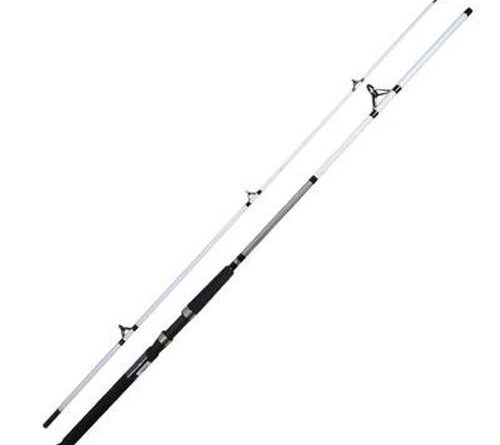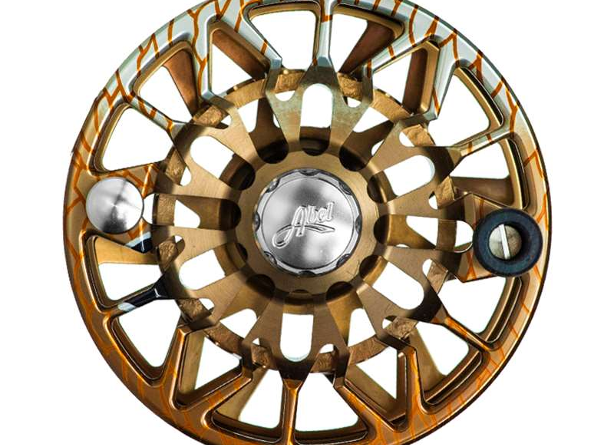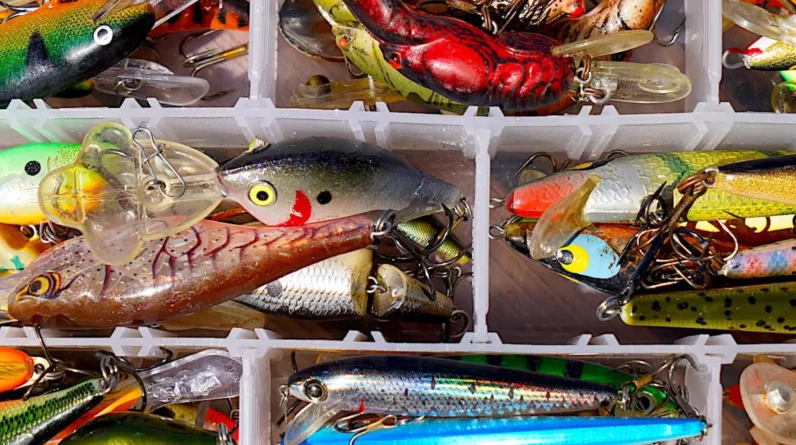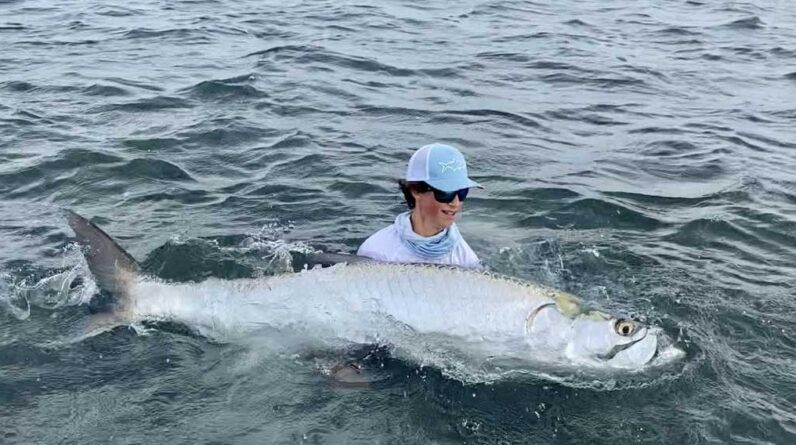Fly-fishing is more than a sport; it’s an art form. With the gentle caress of a fly rod and the graceful dance of a fly line, it’s a way to connect with nature, challenge your angling skills, and discover the serene beauty of aquatic environments. If you’re a beginner eager to learn the art of fly fishing or a seasoned angler looking to try something new, this comprehensive guide is your passport to the world of fly fishing. From the basics to advanced techniques, we’ll cover everything you need to embark on your fly-fishing journey. For a vast selection of fly fishing gear and additional fly fishing tips, visit cheerfulfisherman.com.
Unveiling the Elegance of Fly-Fishing
Before we wade into the details, let’s grasp what makes fly fishing a unique and rewarding experience.
What Is Fly-Fishing?
Fly fishing is an angling technique that differs from traditional fishing methods. Instead of using heavy lures or baits, fly fishing relies on artificial flies as lightweight lures. These flies, crafted with materials like feathers, fur, and thread, are designed to imitate insects, small fish, and other aquatic prey that fish love to dine on. Unlike conventional fishing, where the weight of the lure propels the line, in fly fishing, it’s the line itself that carries the weight, enabling delicate presentations.
The Allure of Fly-Fishing
What draws anglers to fly fishing is the exquisite marriage of sport and art. Fly fishing offers the opportunity to connect with nature in a tranquil setting, harmonize with the rhythms of the water, and challenge your skills as an angler. It’s a dance between anglers and fish, where success depends on the precise execution of casts and the ability to mimic the behavior of natural prey.
Initiating Your Fly-Fishing Journey
Now, let’s explore the essential steps to get started with fly-fishing:
1. Educate Yourself
- Research: Dive into books, watch instructional videos, and explore online resources dedicated to fly-fishing. Acquaint yourself with the equipment, techniques, and terminology involved.
- Join a Local Fly-Fishing Club: Networking with fellow fly-fishers can provide invaluable insights, practical advice, and local knowledge. Seek out fly-fishing clubs or online communities in your area.
2. Select Your Gear
- Fly Rod: Begin by choosing a fly rod that aligns with your fishing needs and local conditions. For most beginners, an 8 to 9-foot fly rod in a weight appropriate for your target species is ideal.
- Fly Reel: Match your fly rod with a fly reel that corresponds to the rod’s weight. Look for a reel with a smooth drag system and ample line capacity.
- Fly Line: Opt for a fly line based on the type of fishing you intend to do. Weight-forward floating lines are versatile and are suitable for most beginner applications.
- Leader and Tippet: Leaders and tippets are transparent monofilament or fluorocarbon lines that connect the fly line to the fly. Select leader and tippet sizes to complement the fly size and the fish species you’re targeting.
- Flies: Start your fly collection with a few versatile patterns that imitate common aquatic insects. Woolly Buggers, Pheasant Tails, and Adams dry flies are excellent choices for beginners.
3. Master Fly Casting
- Fly casting is the heart of fly-fishing. Your journey begins with mastering the basic casting techniques, including the overhead cast, roll cast, and false casting.
- Consider taking casting lessons from a certified fly-fishing instructor to ensure a strong foundation.
4. Understand Fish Behavior
- Understanding the behavior and feeding habits of fish is key. Spend time observing your local waters and the fish species you intend to target to grasp when and where they are most active.
- Patience and keen observation are valuable assets. The better you understand your quarry, the more effectively you can present your fly.
5. Choose the Right Fishing Location
- Select your fishing location based on the species you’re targeting and your level of experience. As a beginner, it’s advisable to start with easily accessible and well-stocked waters.
- Look for water bodies with a robust fish population, such as stocked trout streams or warm water ponds.
6. Practice Catch and Release
- Embrace catch and release as a conservation practice. Learn how to handle fish gently, keep them wet, and release them back into the water as swiftly as possible.
Essential Fly Fishing Tips for Beginners
To enrich your fly-fishing journey, keep these essential tips in mind:
1. Invest in Quality Gear
- Invest in high-quality gear that aligns with your needs and budget. For a wide array of fly-fishing gear and equipment, visit cheerfulfisherman.com.
2. Regularly Practice Casting
- Consistent practice is indispensable for refining your casting skills. Dedicate time to casting in open areas or on the water to enhance your technique.
3. Study Local Waters
- Familiarize yourself with the waters you plan to fish in. Local knowledge can be a treasure trove of information, helping you identify the best fishing spots and understand the behavior of fish.
4. Exercise Patience and Observation
- Fly-fishing can be a test of patience. Be patient and observant, learning to read the water for signs of fish activity.
5. Connect with Fellow Anglers
- Join a local fly-fishing club or engage with online communities. Interacting with experienced fly-fishers can be an excellent way to learn, share experiences, and find fishing companions.
Frequently Asked Questions (FAQs)
1. What is the best time to start fly-fishing?
- You can begin fly-fishing at any time of the year, but the best season may vary depending on your local climate and the fish species you are targeting. Spring and summer are often ideal for beginners.
2. Do I need to wade into the water for fly fishing?
- Not necessarily. While wading can be advantageous in certain situations, you can also fly-fish effectively from the bank or a boat. Your choice depends on the fishing location and your preferences.
Conclusion
Fly-fishing is a realm where the elements of art, sport, and nature converge in perfect harmony. As a beginner, mastering the fundamental techniques of fly casting, knot tying, and presentation is the first step in your journey. Take your time, practice regularly, and savor the tranquil beauty of fly-fishing. To explore a wide selection of fly-fishing gear and discover additional Fly Fishing tips, visit cheerfulfisherman.com to enrich your fly-fishing experience.







1 Comment
Comments are closed.